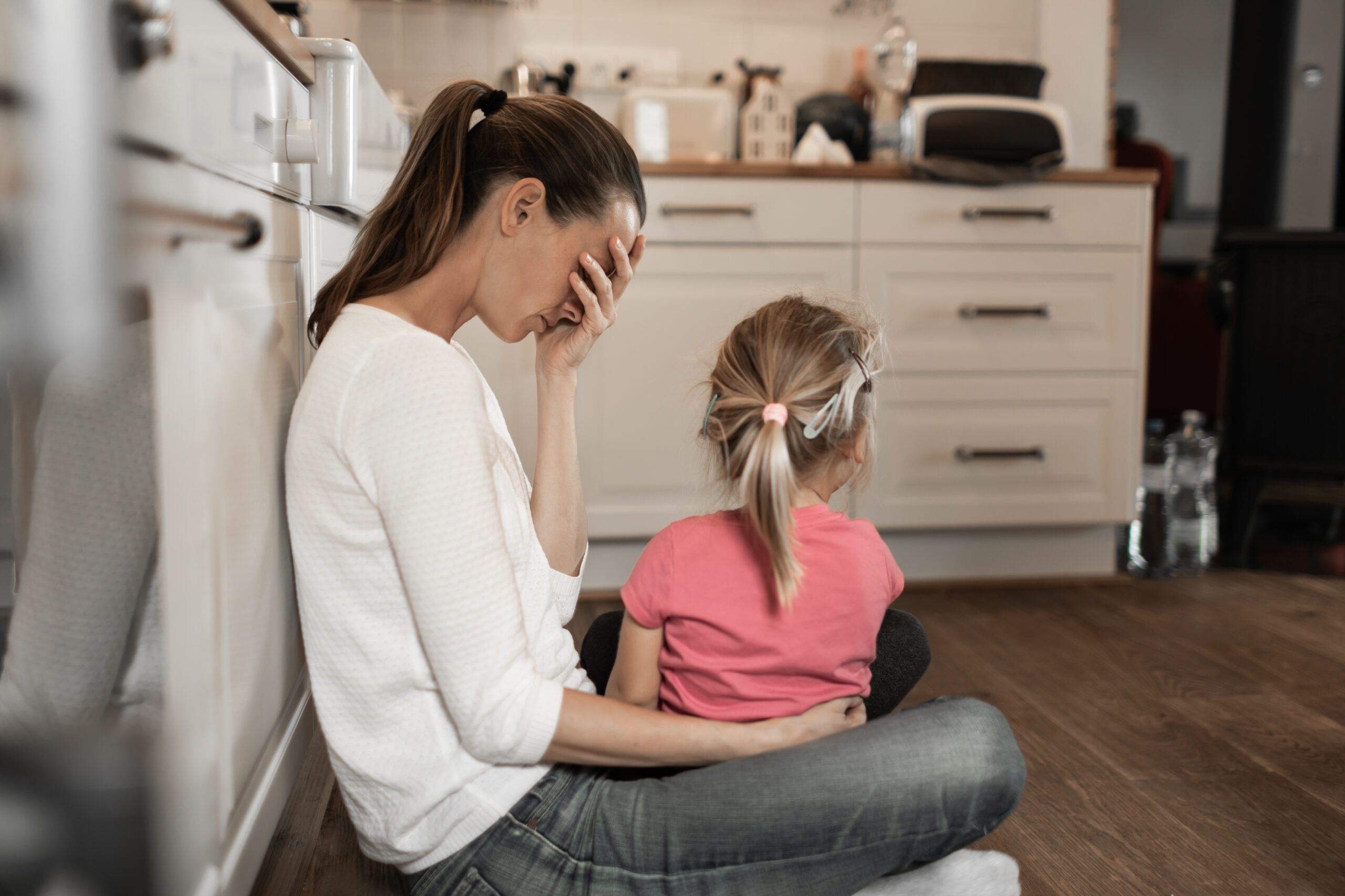I walked into the bathroom to puddles of water everywhere. “How did all this water get on the floor?” I yelled. My son got out of the shower and started pointing fingers. His brother stood in the hallway, wide-eyed, innocent. I knew the showerer was to blame for the mess. I started yelling, and he giggled. I warned him. He giggled again, harder, and I popped him across the mouth. He stared at me and started crying. I immediately walked away and felt small and defeated and absolutely horrible.
Nothing gets me more riled up than when I’m yelling and my son laughs in my face, but I decided then and there that I wouldn’t smack him again. That personal commitment scared me though. I knew this scenario would come up again, and I didn’t know how I’d hold back my anger. Then I learned something that changed everything. If you have a child who laughs when he’s in trouble, I think it will change things for you, too.
I learned about fawning.
You’re probably aware of the responses fight, flight, and freeze. Fawning is a lesser-known response but worth considering in your child and in yourself. Licensed psychotherapist Pete Walker coined fawning, and in his words, it’s “a response to a threat by becoming more appealing to the threat.”
So in the case of my son, his natural reaction was to smile, as our brains tell us smiling makes you happy, it makes others happy, and it makes people like you. A smile defuses conflict and reestablishes a sense of safety. My son didn’t think the situation was funny. He was trying to feel safer by lightening up the situation through involuntary smiles.
I’m no expert, but here’s why I think fawning is our issue.
As I yelled at my son, and the sides of his mouth started to turn up, he could see the annoyance on my face. I said, “Do you think this is funny?” Now, knowing what I know, I could tell he was trying to hold it back. He fidgeted, covered his face, pulled down his mouth, and said, “I promise I’m trying not to laugh.” It makes me feel like a huge jerk just thinking about it.
But another reason I trust him is that I do the same thing; I just never noticed. Have you ever felt like laughing in the middle of a fight with your husband? Or while you’re nervously talking to your boss or the doctor, have you felt the urge to smile? I do nearly every time, and just like my son, I promise, it’s involuntary. Just knowing the root of this has felt so freeing.
And here’s how we’re dealing with it.
Fawning is a bit more complicated than just an involuntary response in that it’s often associated with trauma and PTSD. I don’t think that’s the reason for my or my son’s smiles, but I’m grateful to have this knowledge. It’s brought me greater patience with him and kept me from making a bad situation worse. But I also want to use what I’ve learned to help my son and myself.
I’ve learned that people-pleasing, over-apologizing, feeling guilty for being mad, and assuming responsibility for other people’s emotions are also signs of fawning. So as I observe these things happening in either of us, I try to focus on self-expression, assertiveness, and creating healthy boundaries. I’ll ask my son, “Is this really what you want or are you just trying to make me happy?” Also, going a little deeper with myself, I’m trying to notice the times when just considering expressing my own desires conjures up fears or anxiety, making me ignore the notion altogether.
People-pleasing, over-apologizing, feeling guilty for being mad, and assuming responsibility for other people’s emotions are signs of fawning. Click To TweetSeeing this basic response in my son has held a mirror up to myself. I’m grateful I can work on my own behavior and hopefully be able to walk him through some healthy thought processes, too. If you have a child who laughs when he’s in trouble, you might be dealing with the same issue as us. If you know there’s been trauma in his past, therapy is the way to go. But like us, the first steps are recognizing the behavior and allowing it to help you show greater patience with your child and yourself.
Does your child’s response to conflict look like this or is it more fight, flight, or freeze?










